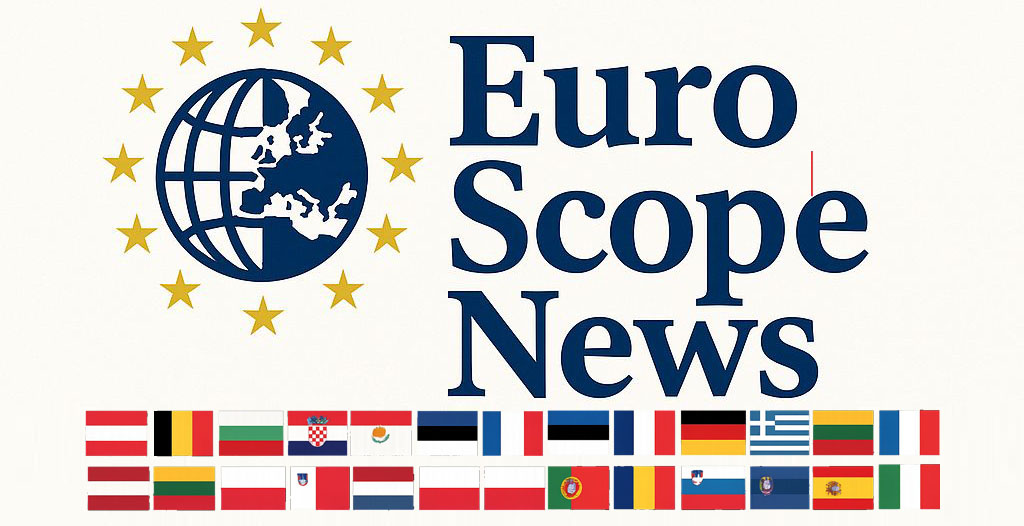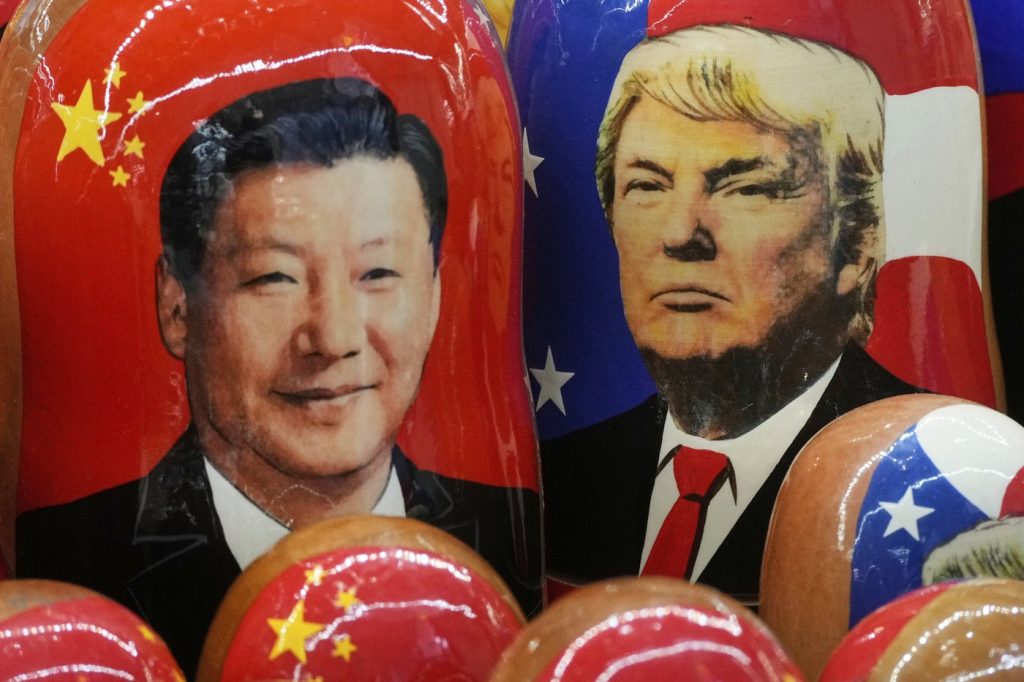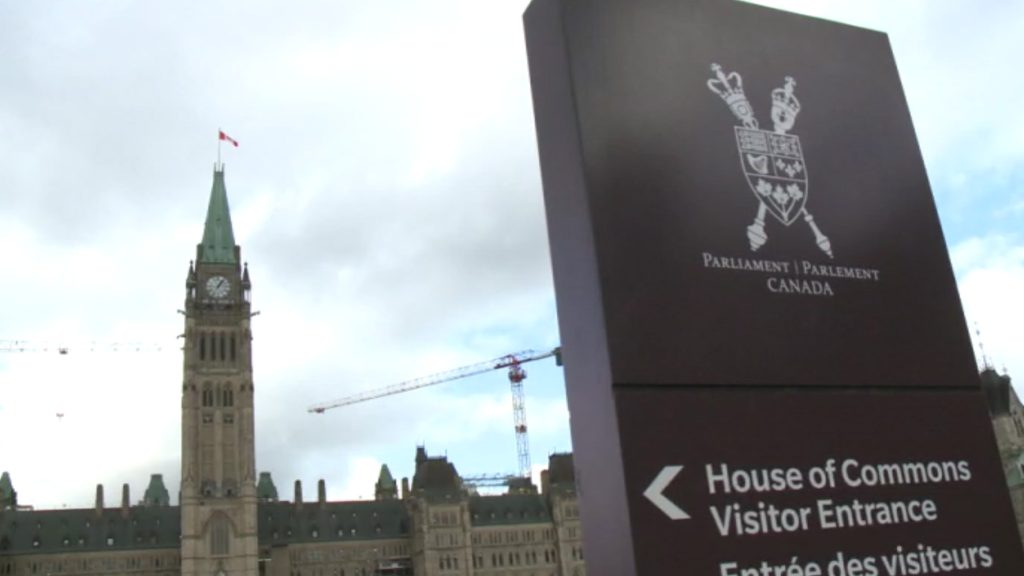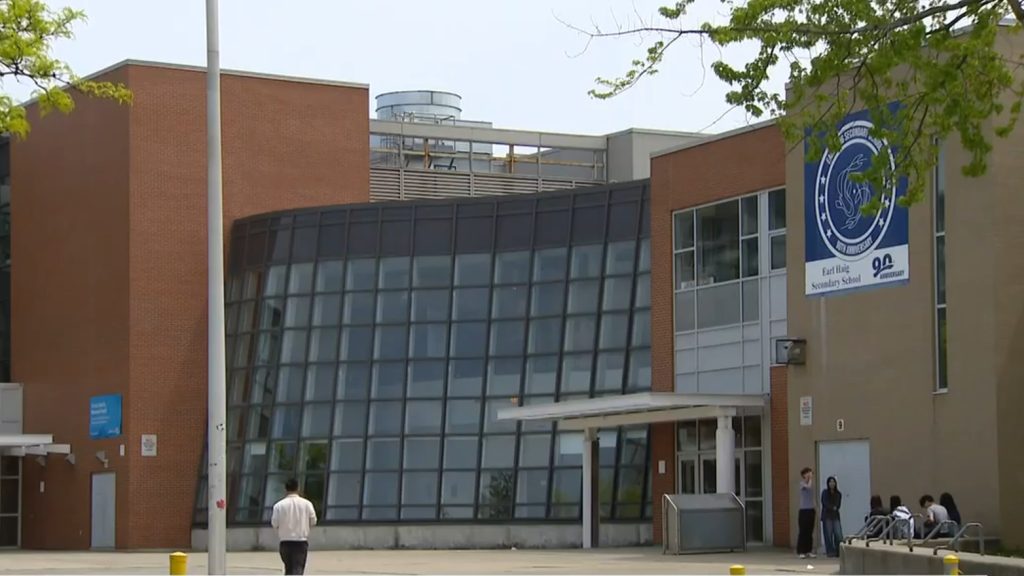On Monday, President Donald Trump announced the extension of a trade truce with China for an additional 90 days, effectively postponing a potential economic confrontation between the two largest economies in the world. This announcement was made via Trump's Truth Social platform, where he confirmed the signing of the executive order for the extension, emphasizing that “all other elements of the Agreement will remain the same.” In conjunction, the Ministry of Commerce in Beijing also declared the continuation of the tariff pause.
The original deadline for the truce was set to terminate at 12:01 a.m. on Tuesday. Had the truce expired, the United States would have been poised to increase tariffs on Chinese imports from an already elevated 30%. In response, China could have imposed retaliatory tariffs on U.S. exports to their market, escalating trade tensions further.
This extension provides a crucial window for both nations to address their ongoing trade disputes, paving the way for potential high-level discussions later this year, which could involve a summit between Trump and Chinese President Xi Jinping. U.S. businesses engaged in trade with China have welcomed this decision, viewing the pause as necessary for negotiating a more favorable trade agreement.
Sean Stein, president of the U.S.-China Business Council, remarked that the extension is “critical” for the two governments to reach a trade agreement, which American businesses hope would enhance their market access in China. He also pointed out the necessity of securing a deal regarding fentanyl that would lead to a reduction in U.S. tariffs alongside a rollback of China’s retaliatory measures, which is essential for reviving U.S. agriculture and energy exports.
In a reciprocal gesture, China announced on Tuesday that it would extend relief measures to American companies placed on an export control and unreliable entities list. Following Trump's initial tariffs announcement in April, China had restricted exports of dual-use goods to specific U.S. companies while prohibiting others from trading or investing in China. The Ministry of Commerce stated it would suspend these restrictions for some companies and offer others an additional 90-day reprieve.
However, the negotiation of a comprehensive agreement with China remains an outstanding priority for Trump. His administration's trade policies have significantly altered the global trading landscape, imposing high tariffs that have transformed the U.S. from one of the world’s most open economies to a more protectionist stance. The average U.S. tariff has increased from approximately 2.5% at the beginning of the year to 18.6%, the highest level since 1933, according to Yale University's Budget Lab.
China has tested the efficacy of U.S. trade policies, which rely heavily on tariffs to extract concessions from trading partners. Notably, China holds significant leverage as it can cut off access to essential rare earth minerals and magnets, which are critical for various technologies, from electric vehicles to aerospace applications.
In June, a tentative agreement was reached that eased some of the tensions between the two nations. The U.S. indicated it would relax export restrictions on certain technology, while China committed to facilitating easier access to rare earths for U.S. businesses. As these negotiations continue, experts point out that the U.S. has to acknowledge its lack of unilateral leverage and the necessity for collaborative discussions.
Despite the goodwill gestures and temporary agreements, significant issues remain unresolved between the two nations. These include concerns regarding lax Chinese protection of intellectual property rights and the subsidies that allegedly provide Chinese firms with an unfair competitive edge, contributing to the U.S. trade deficit with China, which reached $262 billion last year.
Experts like Claire Reade and Jeff Moon suggest that while there may be incremental agreements, the more challenging aspects of the trade relationship will persist, indicating that the trade conflict will likely continue for an extended period. The ongoing negotiation landscape thus remains complex and fraught with challenge for both the Trump administration and Chinese authorities.












